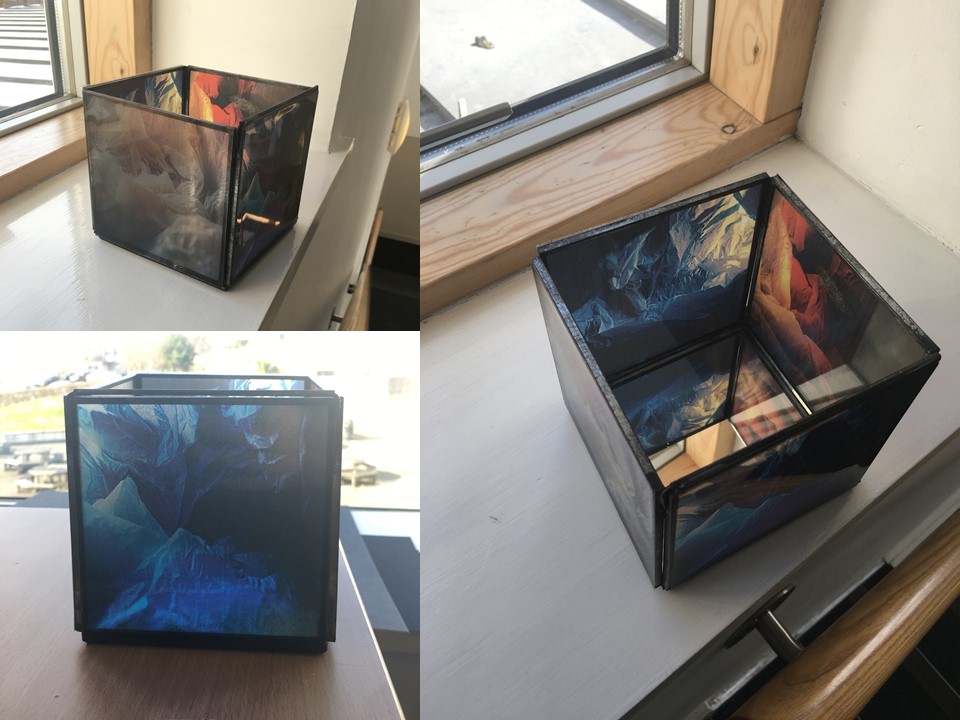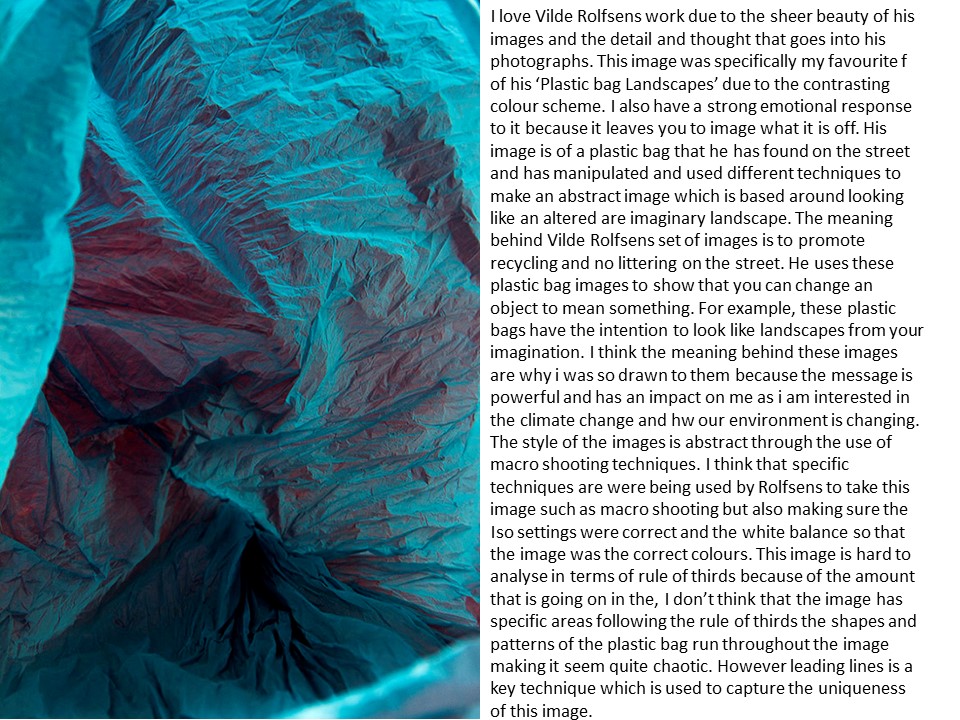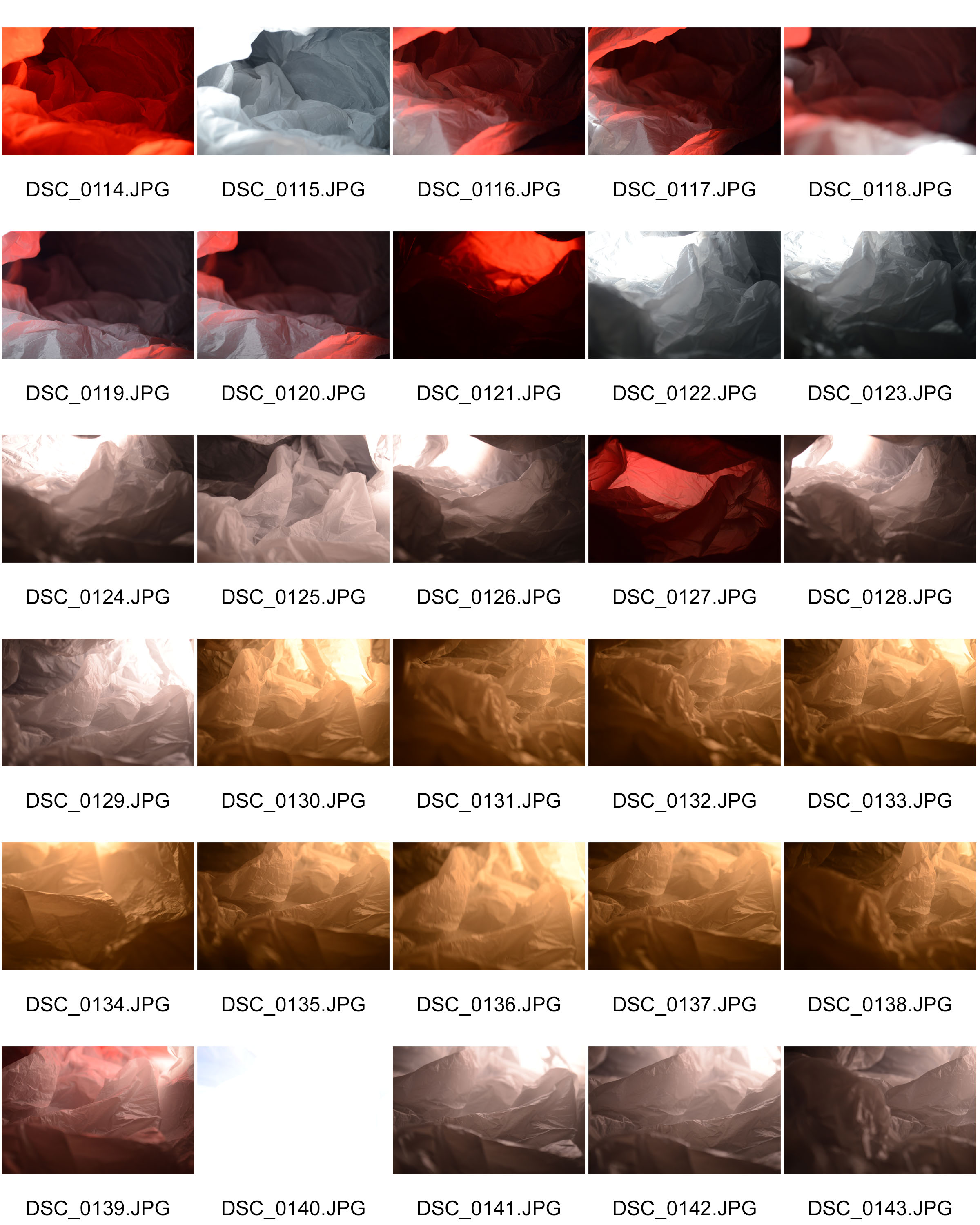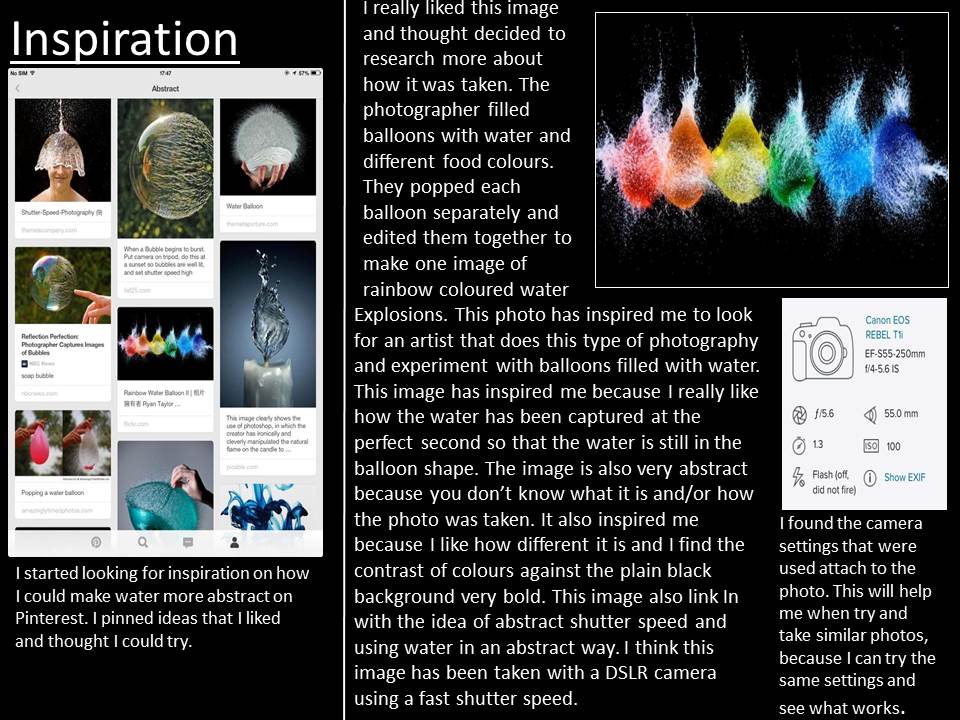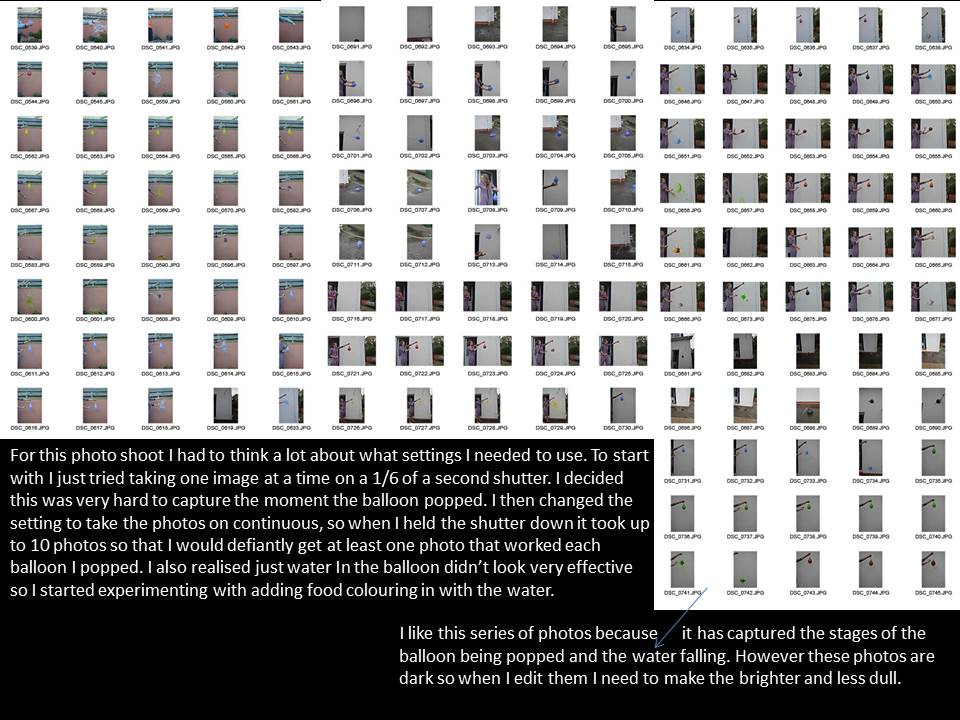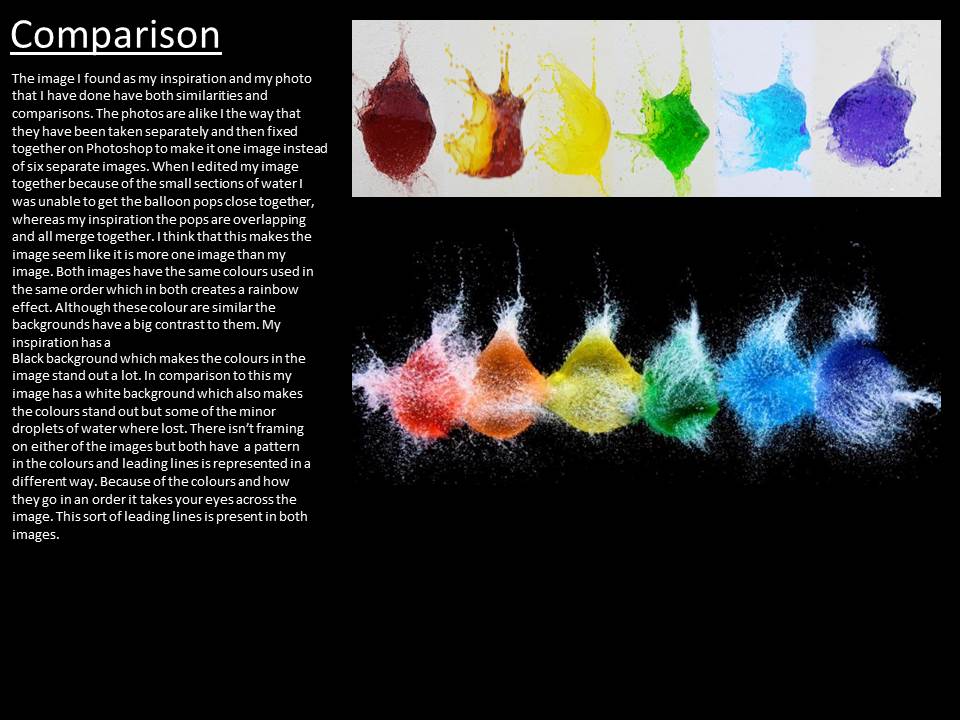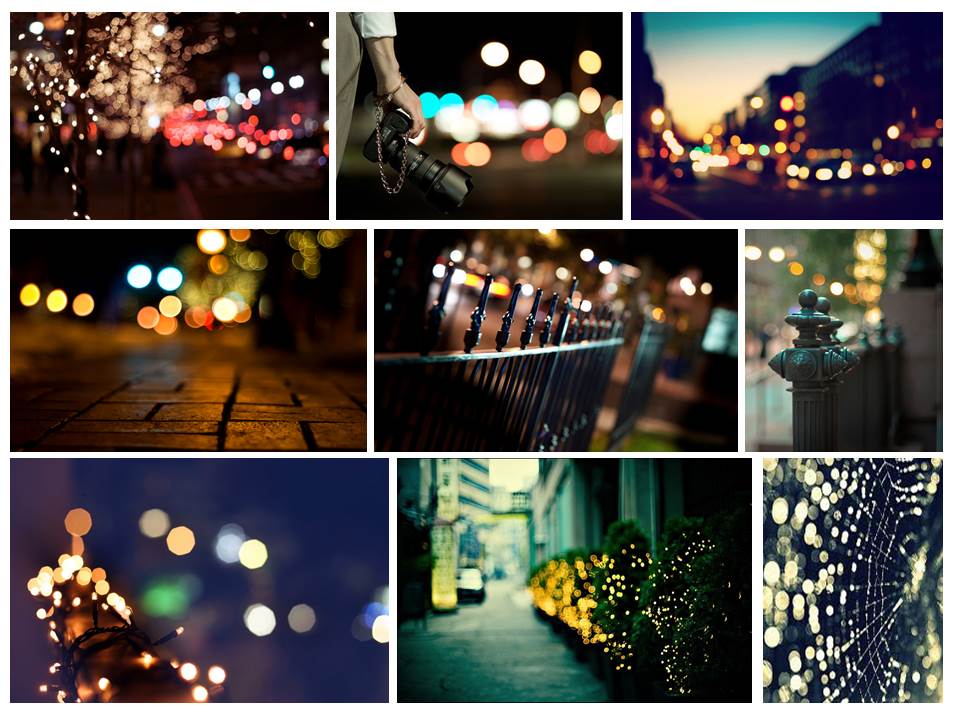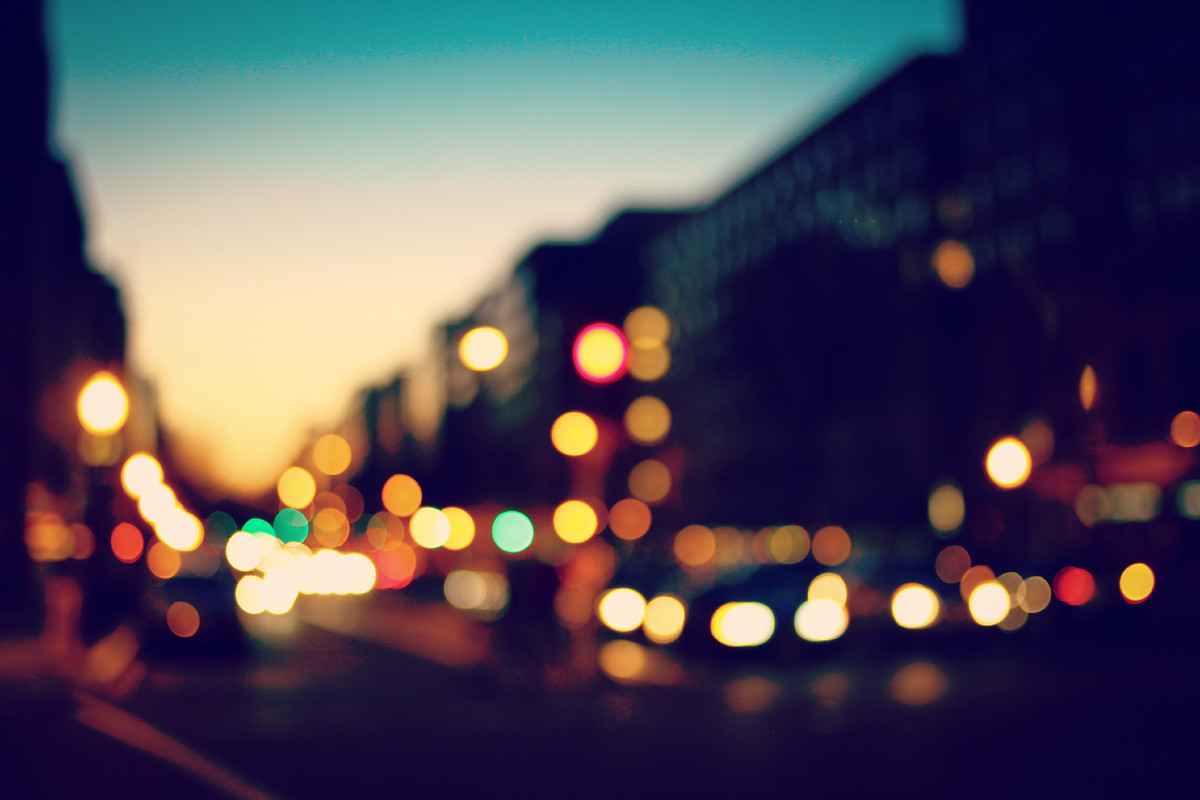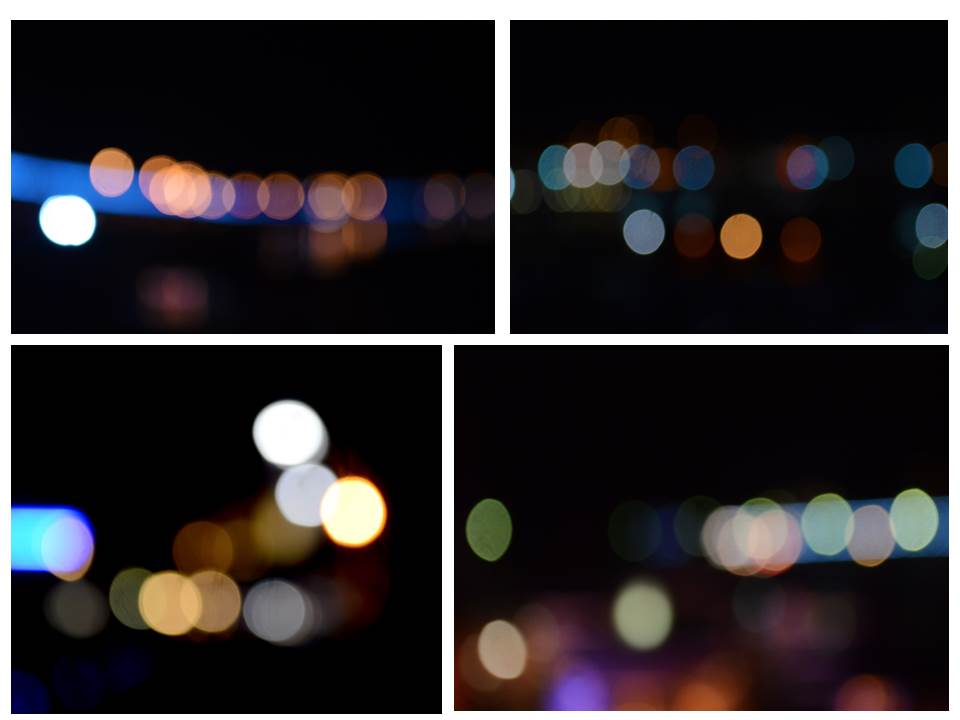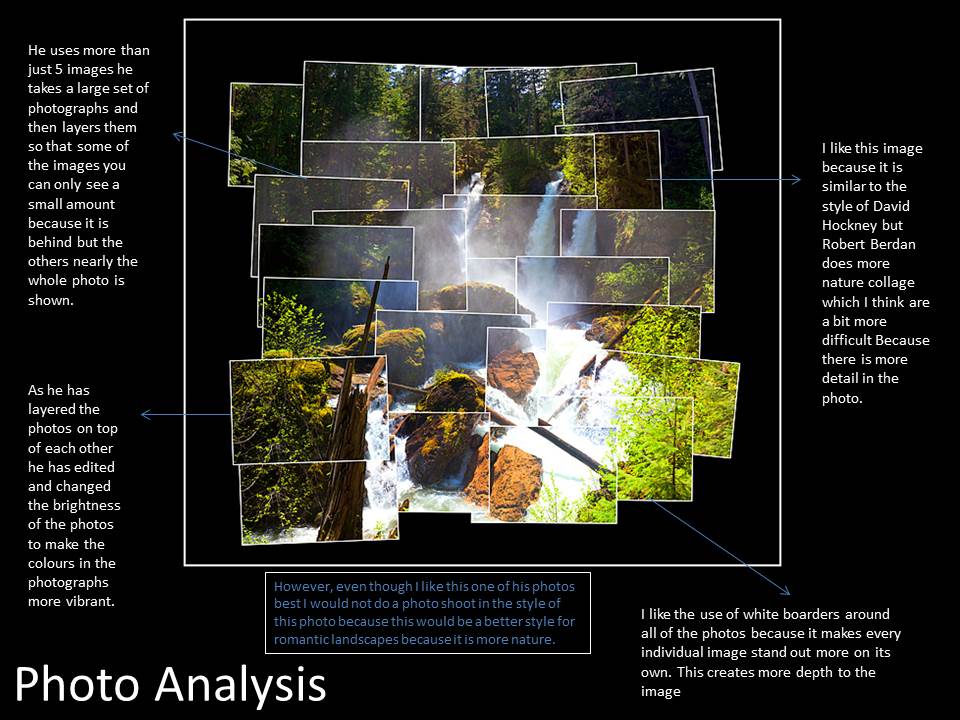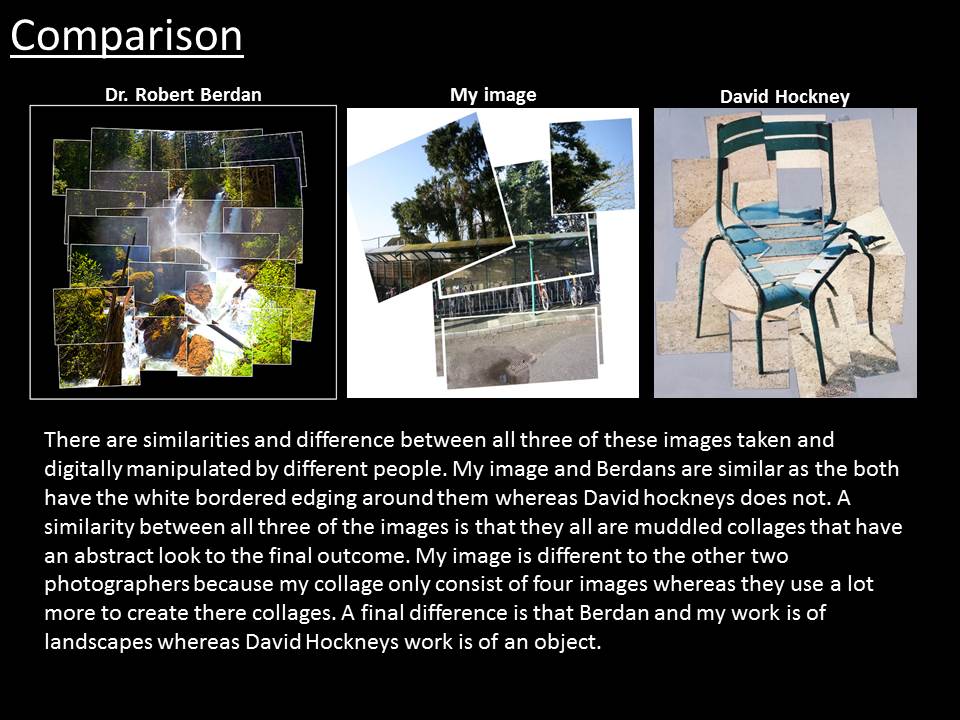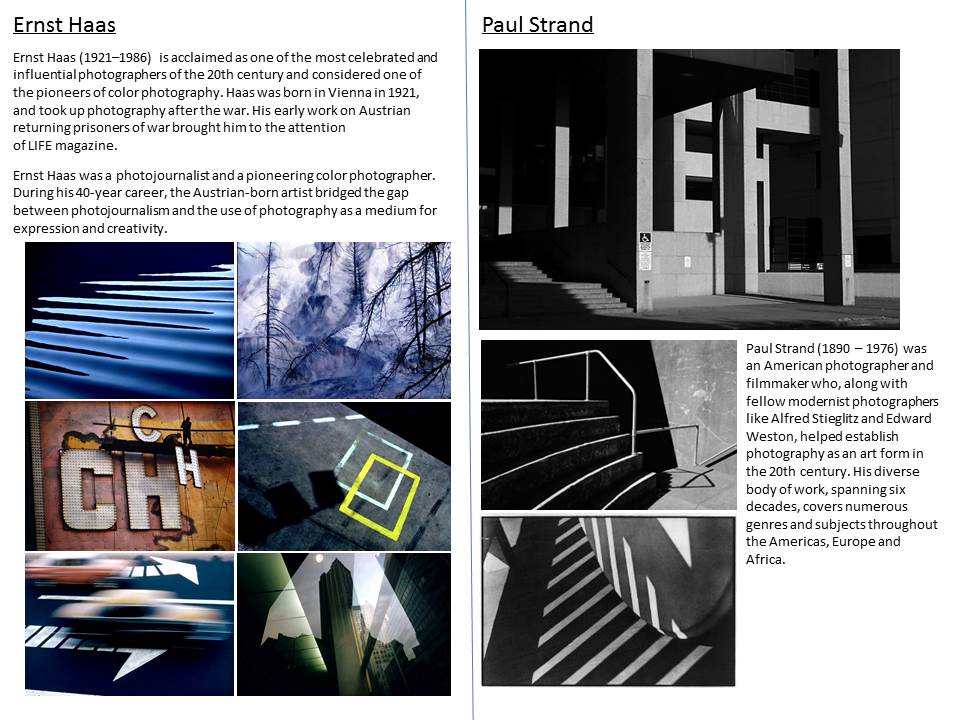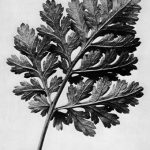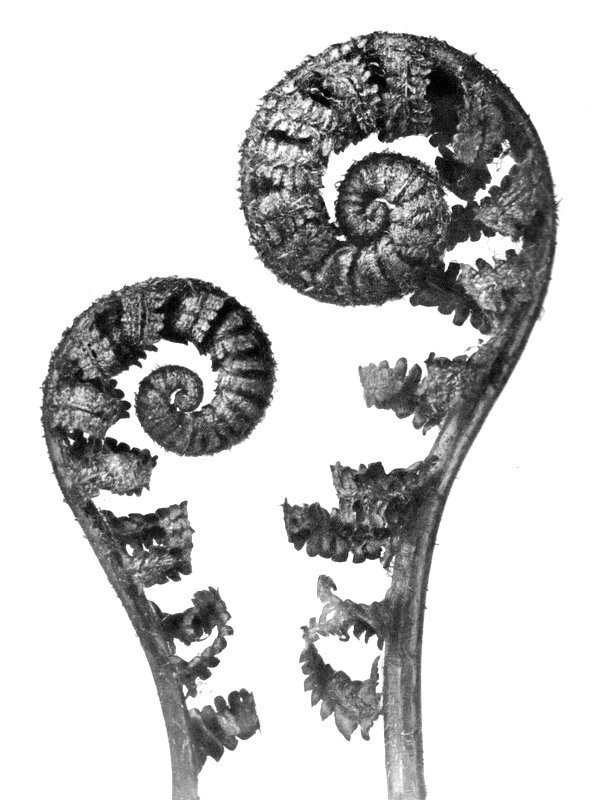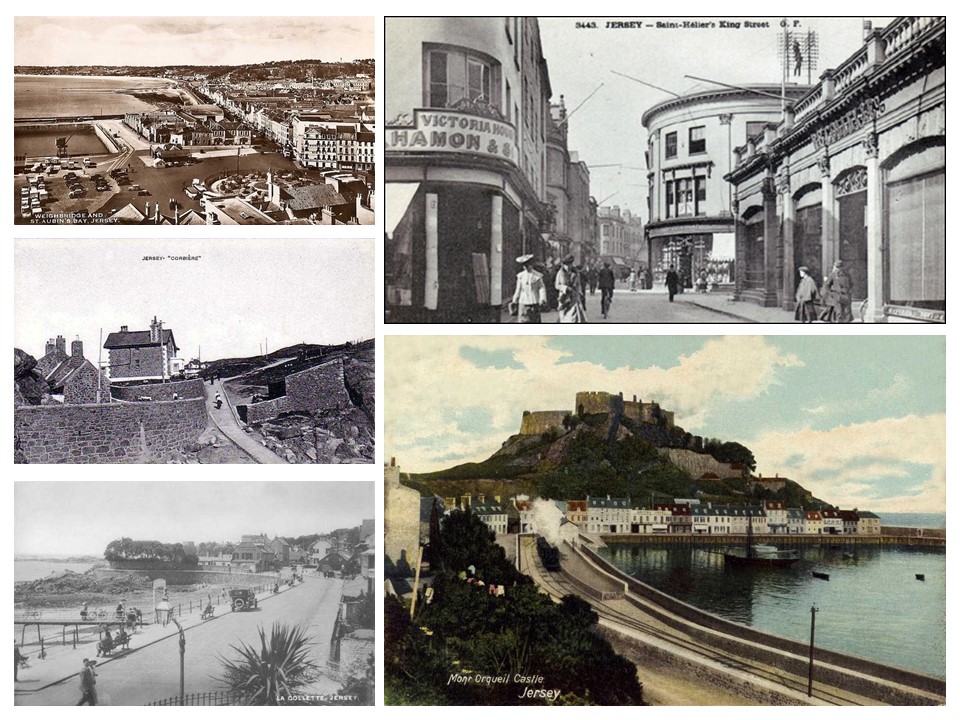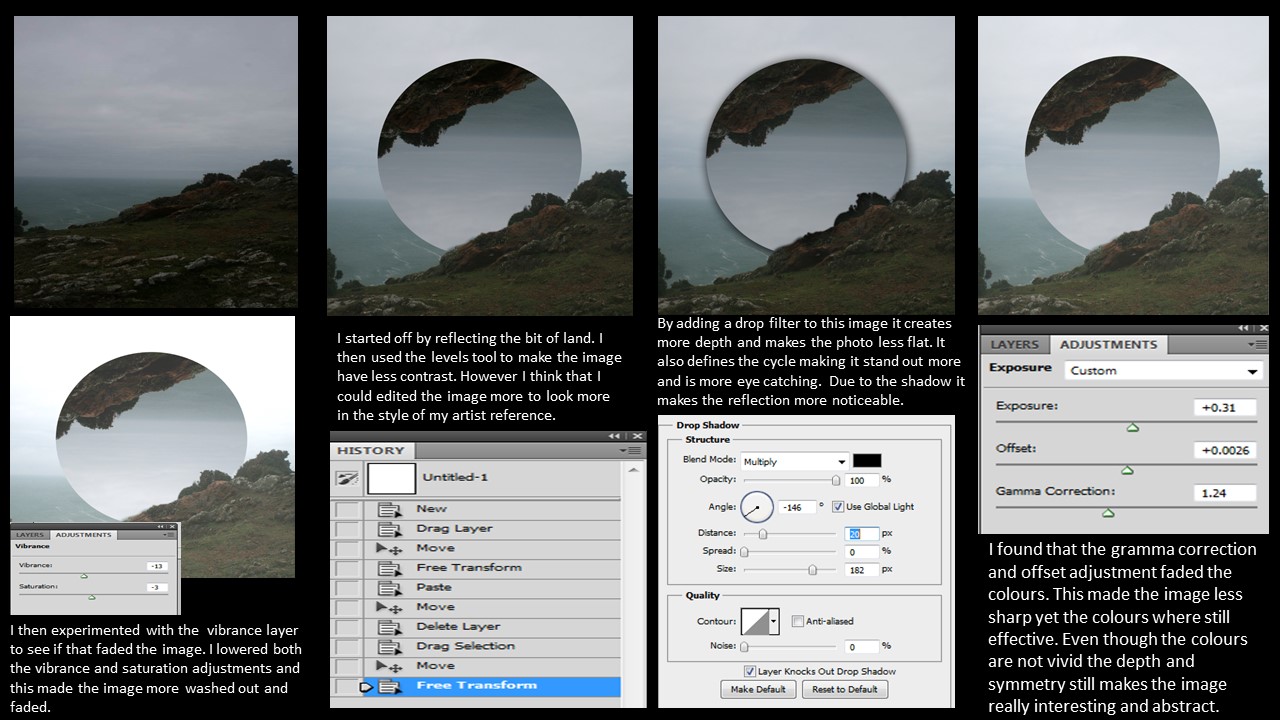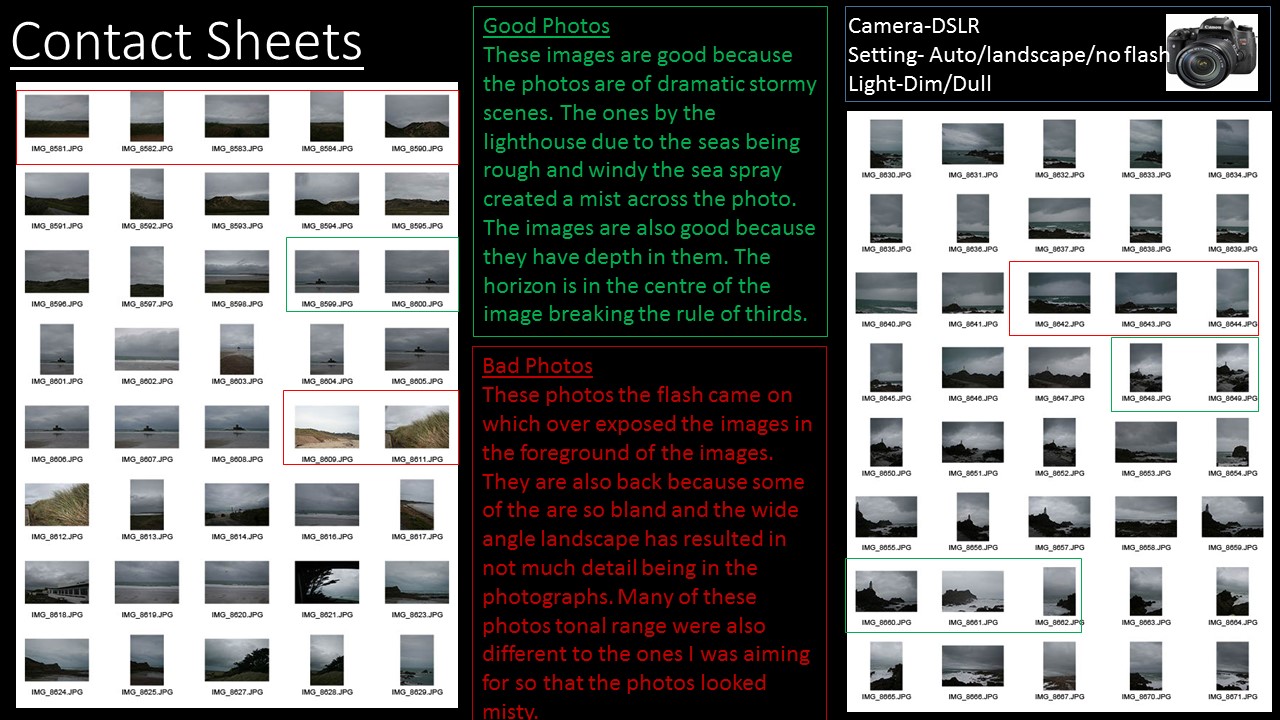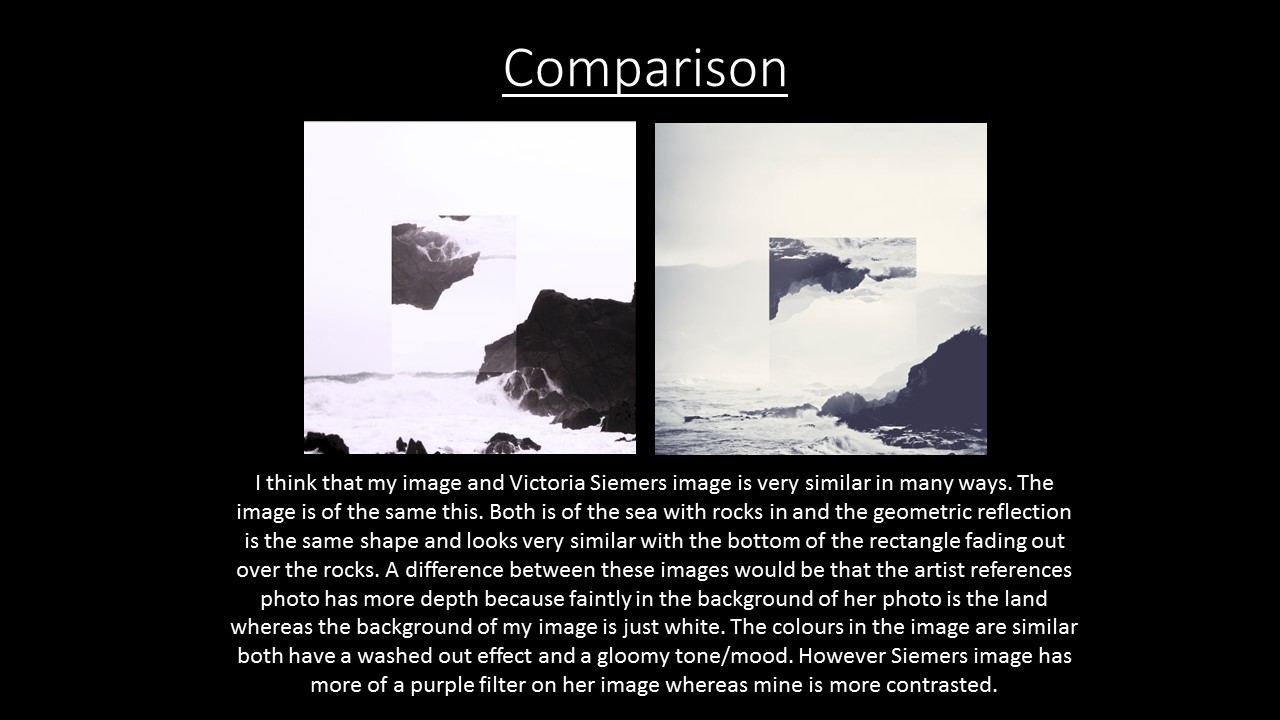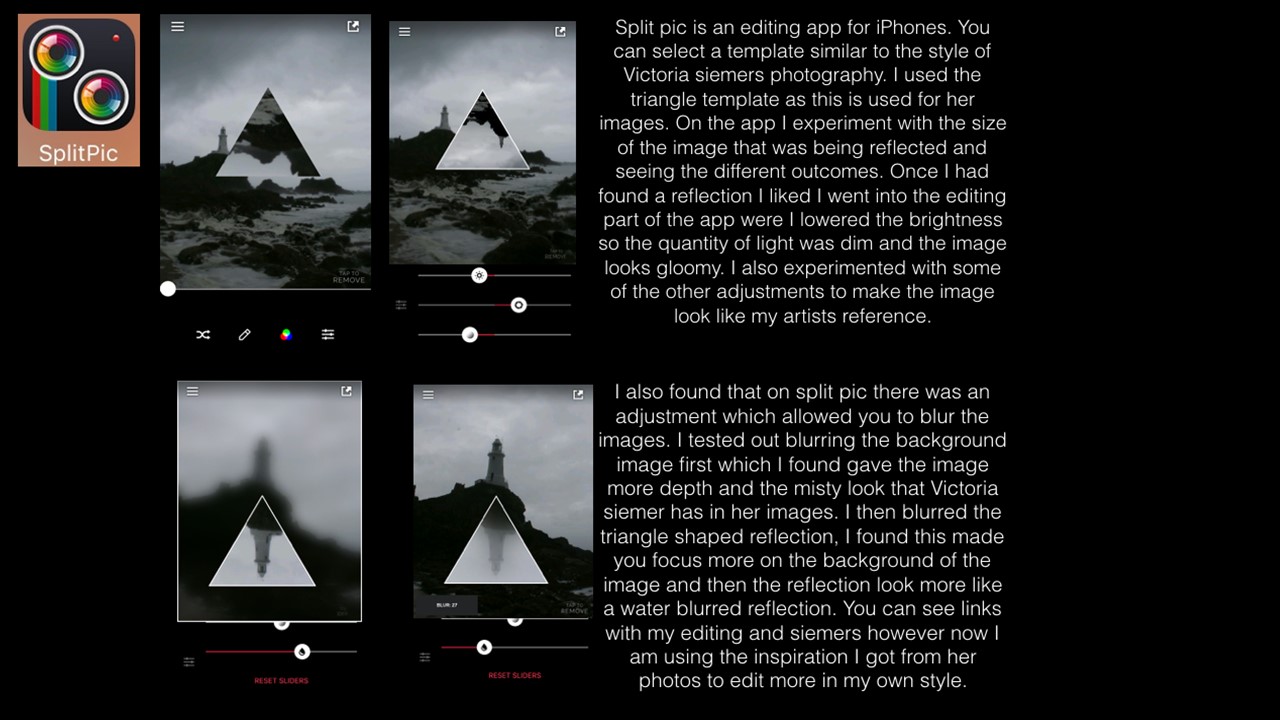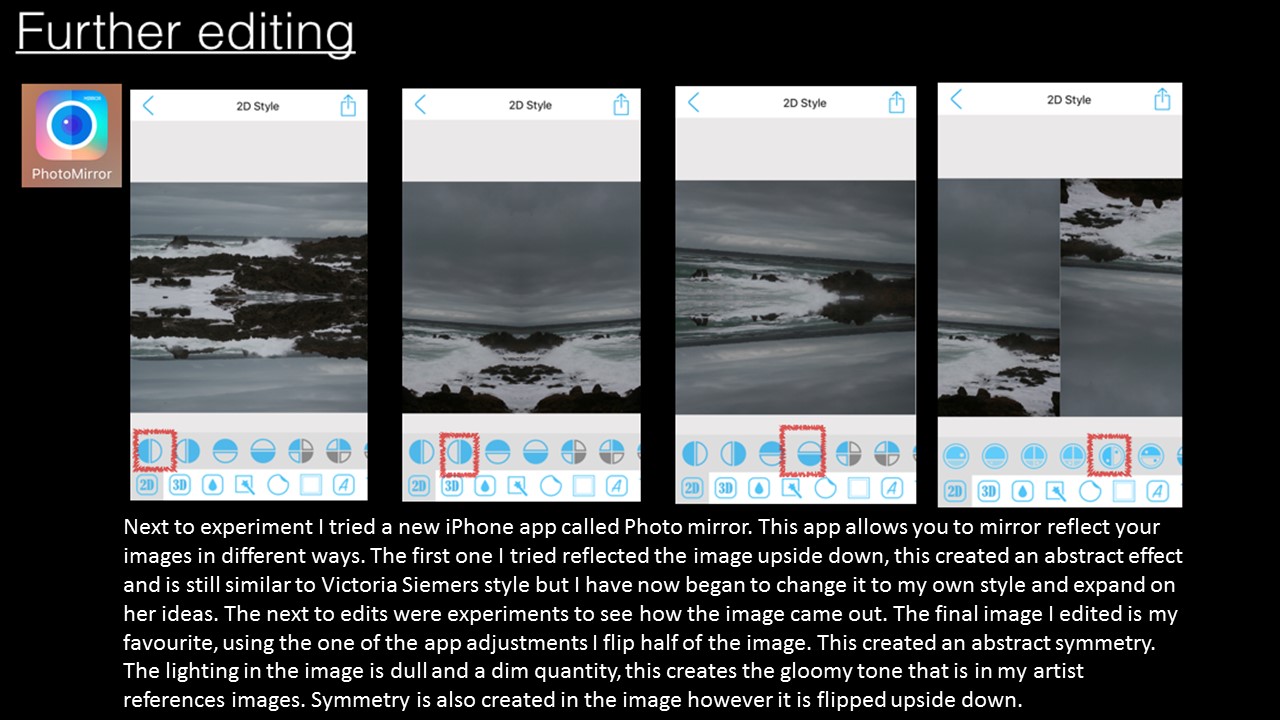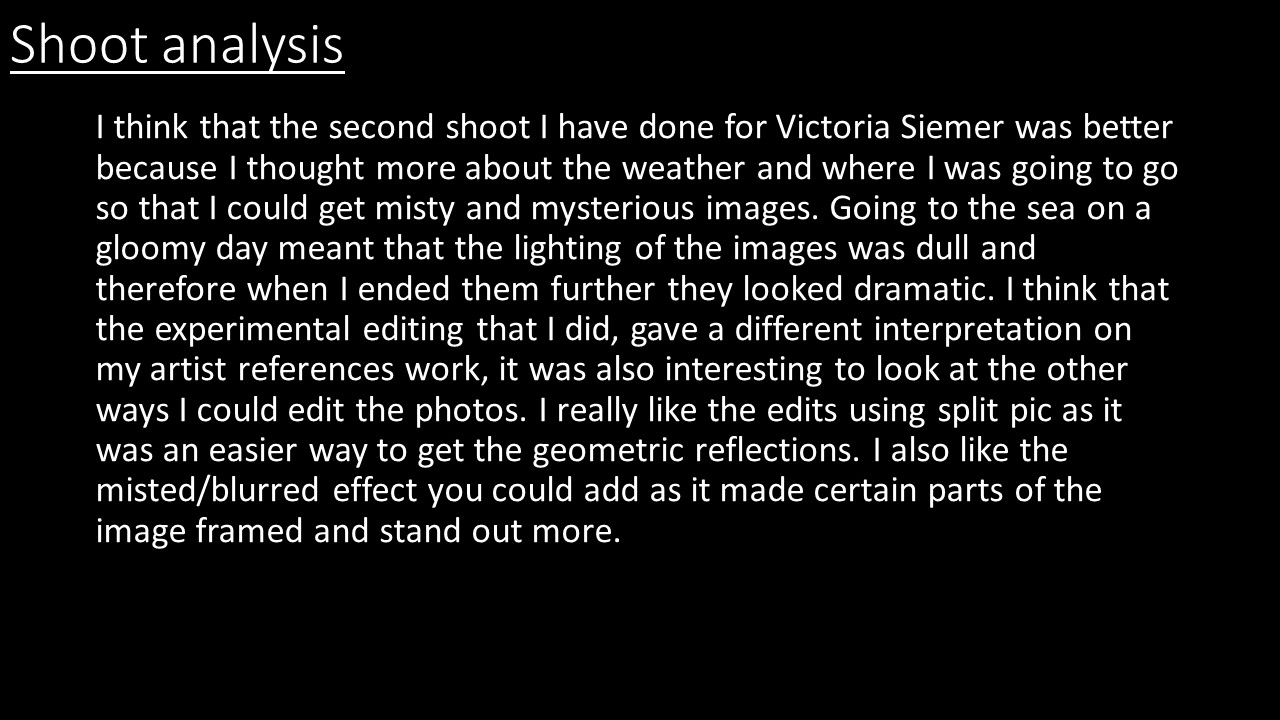I chose i variety of my favourite image from my landscape project which i think were the most successful images and the ones that i enjoyed taking the most. throughout this landscape project i have looked into different styles of landscape photography including typologies to natural environmental photographs. i have really enjoyed exploring new ideas and creating my own photographs that have a meaning behind them which make them even more interesting.
i presented this image in both black and white together as i thought it was interesting to look at the comparison between how colour and black and white images can have such an impact on the tone and mood of the image. For example i think the the colour in the top image creates a very warm and calm image whereas the altered black and white image has a very gloomy and stormy atmosphere to it. I also chose these images to present as they where planned and technically captured well concerning the rule of thirds composition and leading lines. i presented the images on foam board and then to a black board as i wanted to keep the display of the images simple so it did not take away from the images.
This was one of my favourite images from all of my shoots due to the detail that was capture in the image and the natural theme to the image. it purely shows in a very clear macro shot the natural elements of our original landscape. i chose to again display these images in a simple but effective way because the image is so natural it didn’t need a fancy presentation which took away from the quality of the image and i think that the white trim around the edge of the image complements the photograph making the green tones in the image stand out giving the image further depth and detail.
The final two images were my focused and final choices which i presented to be my final pieces. i decided to present these images in two different ways because they both show different aspects of the images. the first way i presented them was on foam board and then onto white and then black card. i chose to put the four images together almost following one of the styles i had done during the project, typologies, because it shows the different images i manage to capture of the plastic back landscapes. i presented them on both white and black card because the images have such a vast tonal range that the use of the white brings out the light tones in the image and the black highlights the dark and contrasting aspects of the images. the use of this presentation also allows for the detail to be shown and it to be clear the landscape link of plastic bags and hopefully the message of the images. For my second presentation of the images i got a four sided glass box. i then printed out my images onto acetate and used spray mount to stick my images onto the glass box. I did this because when you either put a light/candle in the centre of the box or light shine on the images you can see the transparency and this has links as to how i took the images. I had a light shining through the plastic bag so the meaning behind the presentation of these images is that it looks like it did when i was photographing them.
All together i really enjoyed this project and think that y final refined meaningful images were a success and i would be interested in revisiting the environmental issues side of photography as i think the images that can be created can be very powerful and can help spread the message of environmental issues.




